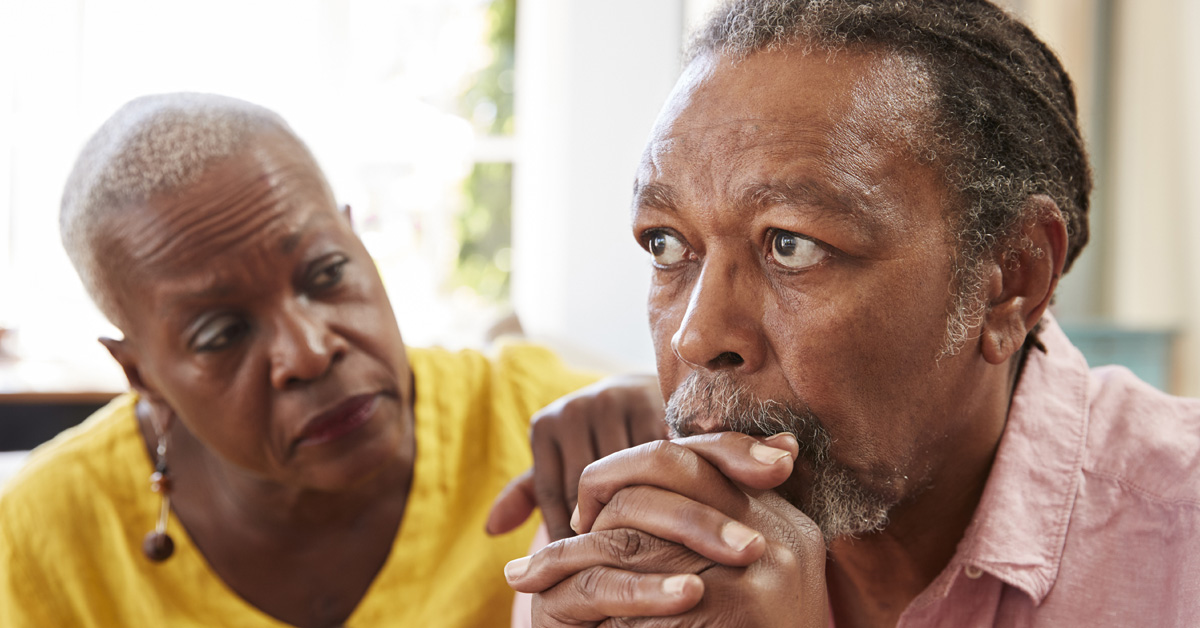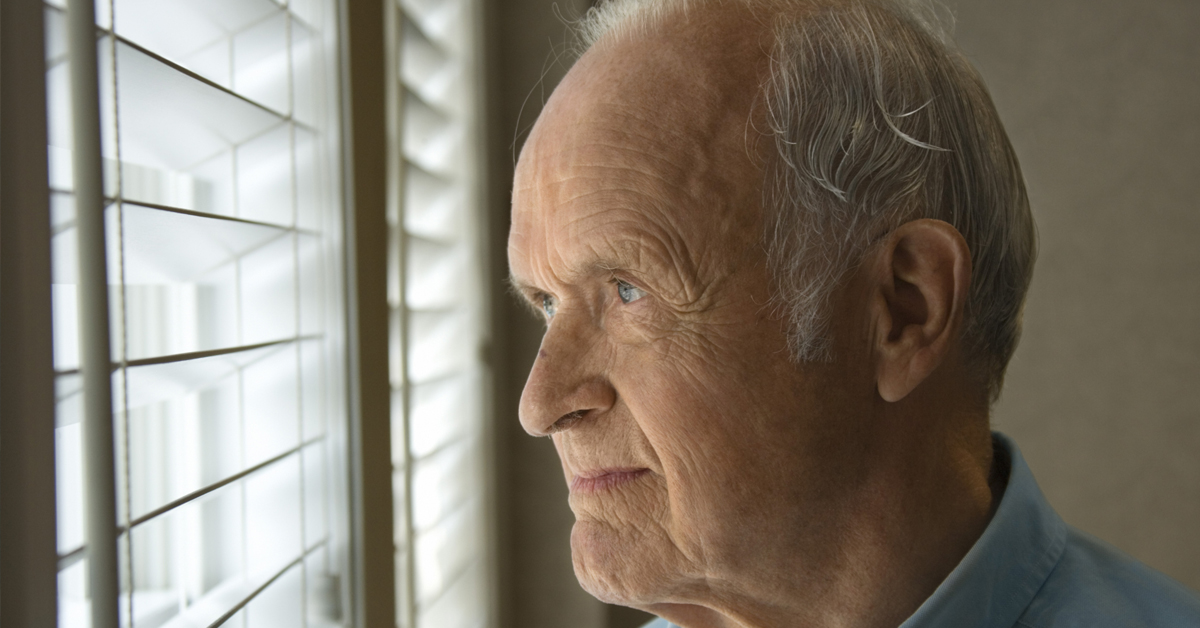
How Good Is Hospice at Managing Pain and Distressing Symptoms?
In the absence of hospice, patients in the last year of life experience a marked, unrelenting increase in pain and in the burden of other symptoms.1 Symptom management at the end of life frequently does not meet the satisfaction of patients or their families.2 This is so much the case that many patients near the end of life cite the alleviation of distressing symptoms as their most pressing need.3
When listing the benefits of hospice care, enhanced pain and symptom control usually makes the short list of the top advantages. How big of a benefit is this really? Many types of healthcare providers provide some sort of pain control: home health, hospitals, nursing facilities, outpatient doctors, etc. Does hospice provide a pain-control benefit over and above these other care settings?
Hospice Is Superior to Other Care Settings for Pain & Symptom Management
A nationwide survey and scientific analysis published by the Journal of the American Medical Association suggests strongly that home hospice is the best care setting for pain control. Joan Teno, MD and colleagues questioned the caregivers of more than 1,500 people who had received end-of-life care. Their analysis divides the results by care setting. One of the questions was whether the patient needed more help with pain.
Percent of Patients Who Say They Needed More Help with Pain During End-Of-Life Care
(Broken down by care setting. Lower percentages are better.)
Home Health: 42.6%
Home Hospice: 18.3%
Nursing Home: 31.8%
Hospital: 19.3%
When the numbers were risk adjusted for how sick individual patients were, hospitalized patients were 20% more likely to have unmet needs for pain control compared to home hospice patients. In fact, across a wide range of measures related to end-of-life care (respect, emotional support, contact with physicians, teaching patient and family what to expect, coordination of care) hospice scored better than other care settings on average.
In this context, it is noteworthy that hospitalized patients scored better with management of dyspnea. Dyspnea refers to difficulty breathing and can be a particularly distressing symptom.
These numbers were never seen as an indictment of end-of-life care in non-hospice settings. To the contrary, these numbers simply verify that hospice does what it is intended to do. Hospice is a program designed specifically to provide comfort, emotional support, and other end-of-life care.
How Much Symptom Relief to Expect from Hospice
The year leading up to a hospice admission often involves a gradually increasing number and severity of symptoms including pain. This chart shows the progression. In this chart, the dotted line marks the date of hospice admission.
Shayan Cheraghlou, BA, from the Yale School of Medicine, and colleagues performed an interesting study that surveyed hospice patients about symptom burden over the course of 15 months (12 months before hospice and three months after).3 Their results demonstrate that admission to hospice correlates with steep drops in the burden of pain, fatigue, shortness of breath, depression, anxiety, arm/leg weakness, dizziness, memory/thinking problems, urinary problems, nausea/vomiting/diarrhea, swelling of the feet/ankles, difficulty sleeping, and chest pain/tightness.
For several symptoms, the prevalence of burdensome symptoms after admission to hospice drops to levels on par with those experienced 12 months before hospice. For some symptoms, including depression and anxiety, the prevalence three months after hospice admission falls lower than 12 months before hospice. Symptom burden follows this pattern regardless of diagnosis.
How Quickly Hospice Achieves Maximum Symptom Relief
However, hospice does not tend to achieve this symptom relief right away. The program takes time to do better than the results available in other care settings. In fact, the month following hospice admission sees continued increases in symptom prevalence and severity. Day 30 to day 60 shows the steepest decline in symptoms. The decline plateaus around day 60, but the greatest symptom relief appears around day 90.
This pattern supports the expert consensus that the ideal length of stay for hospice ranges between 90 and 180 days. The pattern also highlights one of the shortcomings of how Americans use hospice. In Cheraghlou’s study and others, the average time spent in hospice is around 14 days. Most Americans do not use hospice long enough for maximum symptom relief. As a result, most Americans spend their last weeks with a higher symptom burden than what might otherwise be possible if care patterns were different.
References
- Chaudhry S, Murphy T, Gahbauer E, et al. Restricting symptoms in the last year of life: a prospective cohort study. JAMA Intern Med. 2013: 173 (16): 1534-1540.
- Committee on Approaching Death: Addressing Key End of Life Issues. Institute of Medicine. Dying in America: Improving Quality and Honoring Individual Preference Near the End of Life. Washington, DC: National Academies Press; 2015.
- Cheraghlou S, Gahbauer E, Leo-Summers L, et al. Restricting symptoms before and after admission to hospice. The American Journal of Medicine. 2016; 129: 754.e7 – 754.e15.





